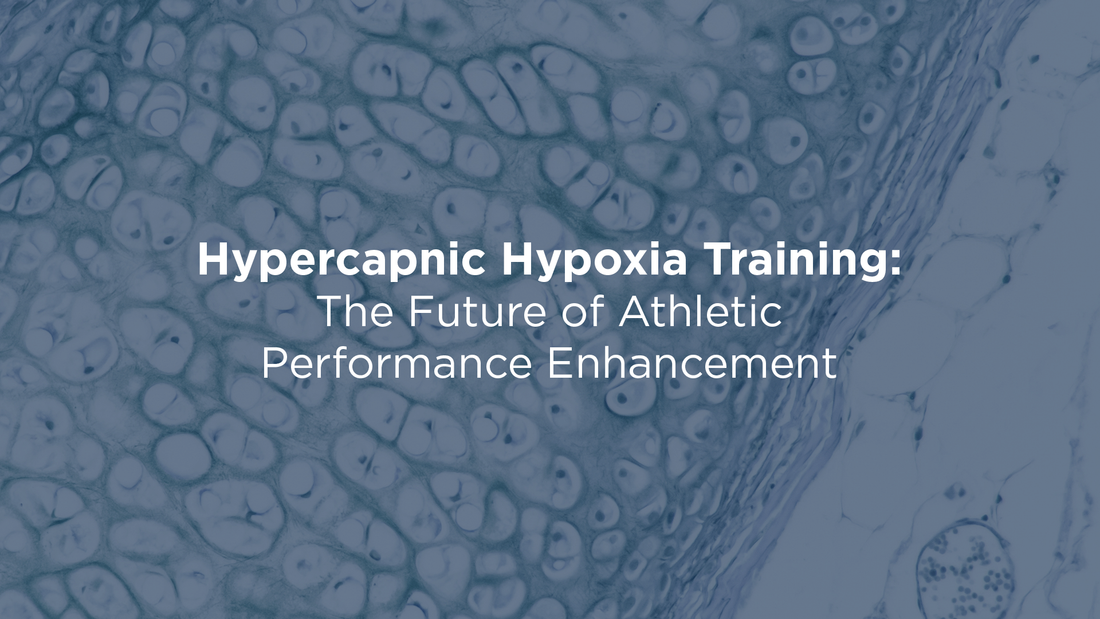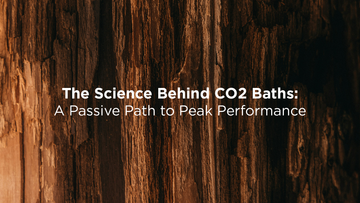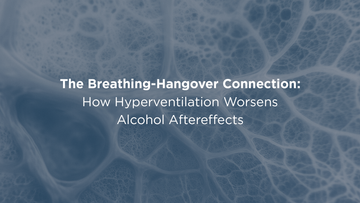
CO2 Therapy: The Hypoxia-Concept That Boosts Sprint Performance
Over 4 weeks, 7 sessions of repeated sprint training during hypoxia (low oxygen) and hypercapnia (high CO₂) increased the number of sprints from 9.1 to 14.9, an increase of 64%. The control group, with normal breathing, only increased the number of sprints by 6%.
Introduction
A study by Fornasier-Santos, Millet, and Woorons [ref1] introduces a novel training strategy that could revolutionize performance enhancement for team-sport athletes. Called repeated sprint training in hypoxia induced by voluntary hypoventilation (RSH-VHL), this method simulates altitude-like oxygen stress—without ever leaving sea level. It’s a form of CO₂ Therapy: leveraging controlled breath-holding to induce temporary hypoxia and hypercapnia, prompting physiological adaptations that enhance sprint capacity.
Key Findings
- Dramatic Performance Gains: Rugby players who trained with voluntary hypoventilation at low lung volume (RSH-VHL) improved their repeated sprint ability (RSA) by 64%, while those using normal breathing showed only a 6% gain.
- Oxygen Deprivation = Performance Stimulus: Athletes using RSH-VHL experienced significantly lower oxygen saturation (SpO₂ ~90%) during training compared to the control group (~95%). Despite this, their mean sprint velocity stayed stable, unlike the control group where it declined.
- CO₂ Boosting = Key in Muscle Function: This form of training also elevates carbon dioxide levels (hypercapnia), which improves buffering capacity and increases tolerance to lactic acid. [ref2]
- No High-Tech Equipment Required: The hypoxia effect was achieved without altitude chambers or masks—just through a specific breathing technique: exhaling to functional residual capacity (the volume remaining in the lungs after a normal, passive exhalation), then sprinting while holding the breath.
- Real-World Ready: Training was done outdoors on a rugby field—highlighting that this method is both effective and easily integrated into regular athletic programming.
What Is CO₂ Therapy?
CO₂ Therapy, or "The Hypoxia-Concept," refers to intentionally inducing mild, controlled hypoxia and hypercapnia during high-intensity effort by modifying breathing patterns. Unlike traditional altitude training, this method does not require expensive equipment. It focuses on breath-holding at low lung volumes—triggering powerful adaptive responses that include:
- Enhanced oxygen efficiency
- Improved aerobic and anaerobic capacity
- Increased tolerance to lactic acid
- Boosted muscular endurance and sprint recovery
Implications for Athletes and Coaches
This study confirms that breath-control training—specifically inducing hypoxia through voluntary hypoventilation, either via breath holding or nasal breathing only—can dramatically improve sprint performance. Coaches can implement CO₂ Therapy protocols safely and effectively into training programs for rugby, soccer, basketball, and other high-intensity intermittent sports.
Even more exciting is the potential crossover into health, rehabilitation, and mental performance domains—where Conscious Breathing and CO2 Therapy are gaining traction as a tool for nervous system regulation and resilience building.
Scientific References
Title: Repeated-sprint training in hypoxia induced by voluntary hypoventilation improves running repeated-sprint ability in rugby players.
Authors: Fornasier-Santos C, Millet GP, Woorons X.
Journal: Eur J Sport Sci. 2018 May;18(4):504-512. doi: 10.1080/17461391.2018.1431312. Epub 2018 Feb 5. PMID: 29400616.
Link to PubMed: Repeated-sprint training in hypoxia induced by voluntary hypoventilation improves running repeated-sprint ability in rugby players. ![]()
Abstract: Purpose: The goal of this study was to determine the effects of repeated-sprint training in hypoxia induced by voluntary hypoventilation at low lung volume (VHL) on running repeated-sprint ability (RSA) in team-sport players. Methods: Twenty-one highly trained rugby players performed, over a 4-week period, seven sessions of repeated 40-m sprints either with VHL (RSH-VHL, n = 11) or with normal breathing (RSN, n = 10). Before (Pre-) and after training (Post-), performance was assessed with an RSA test (40-m all-out sprints with a departure every 30 s) until task failure (85% of the reference velocity assessed in an isolated sprint). Results: The number of sprints completed during the RSA test was significantly increased after the training period in RSH-VHL (9.1 ± 2.8 vs. 14.9 ± 5.3; +64%; p < .01) but not in RSN (9.8 ± 2.8 vs. 10.4 ± 4.7; +6%; p = .74). Maximal velocity was not different between Pre- and Post- in both groups whereas the mean velocity decreased in RSN and remained unchanged in RSH-VHL. The mean SpO2 recorded over an entire training session was lower in RSH-VHL than in RSN (90.1 ± 1.4 vs. 95.5 ± 0.5%, p < .01). Conclusion: RSH-VHL appears to be an effective strategy to produce a hypoxic stress and to improve running RSA in team-sport players.
Title: Effects of an artificially carbonated bath on athletic warm-up
Authors: Akamine T, Taguchi N
Journal: J Hum Ergol (Tokyo). 1998 Dec;27(1-2):22-9. PMID: 11579696.
Link to full text: Effects of an artificially carbonated bath on athletic warm-up ![]()
Abstract: The effects of an artificially carbonated bath (36 degrees C, CO2 300 ppm, 20 minutes) on the warm-up of swimmers was compared with those of a freshwater bath (36 degrees C, 20 minutes). Carbon dioxide is reported to have a vasodilatory effect on peripheral blood vessels of cutaneous and muscular tissue and to promote blood flow. We observed that the warm-up effects of a carbonated bath before swimming on the hematocrit, white blood cell, total plasma protein, and total cholesterol levels in venous blood were significantly increased more than those of a freshwater bath before swimming in recovery period (p < 0.05). Thus the carbonated bath tended to be more effective for increasing the concentrations of blood components. In the recovery period, the carbonated bath before swimming also resulted in significantly smaller changes in blood lactic acid and heart rate than those of a freshwater bath before swimming (p < 0.05). The decrease in electromyography of the M. rectus femoris during swimming suggested more efficient muscle activity after a carbonated bath. Therefore after a carbonated bath, swimmers should have a higher reserve left in the cardiovascular system, resulting in better performance during swimming and less accumulation of fatigue-related metabolites after swimming.







